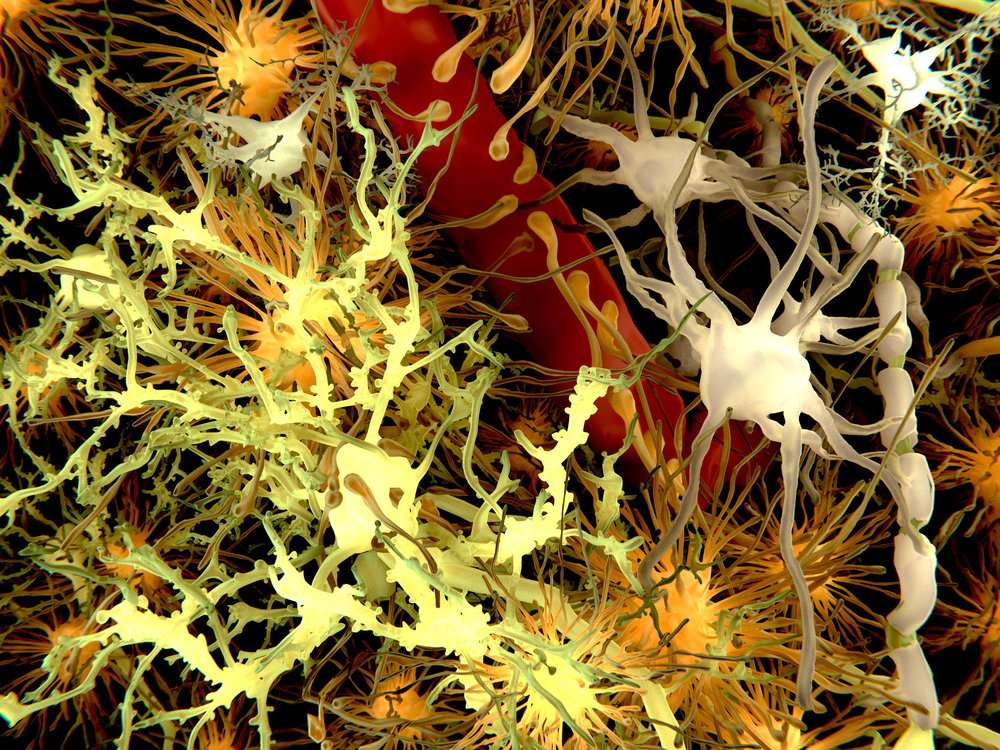Spinal Muscular Atrophy Study Points to Blood Vessel Defects
Written by |

U.K. researchers funded by the SMA Trust have found that insufficient blood supply may well contribute to motor neuron loss in spinal muscular atrophy (SMA). The study entitled, “Vascular defects and spinal cord hypoxia in spinal muscular atrophy,” was published in the latest edition of the Annals of Neurology.
This potentially important discovery was led by Dr. Simon Parson, PhD, Chair in Anatomy at the University of Aberdeen. Dr. Parson’s research interests are focused on determining the relationship between SMN protein deficiency and blood vessel defects, utilizing a variety of model species and tissues, to further understand the molecular mechanisms involved in tissue-specific defects in SMA, hopefully leading to novel treatment strategies for this childhood disease.
In this study, Dr. Parson and his colleagues used an experimental mouse model of SMA to investigate whether defects associated with the animal’s vasculature contributed to motor neuron pathology in SMA. After a series of experiments, primary study findings showed that the SMA mouse spinal cord was accompanied by significant functional defects in the blood-spinal cord barrier, indicating that defects in the animals’ vasculature may contribute to SMA pathogenesis.
In a university press release Dr. Parson explained, “SMA presents itself like a motor neuron disease so research and treatment has been focused mainly around protecting motor nerve cells. But, we have shown that in SMA, the blood vessels that course through every structure in the body are also severely affected. Importantly, this results in reduced delivery of oxygen to the body, including the motor nerve cells which die in SMA. This new information provides us with an entirely new avenue for research and the development of potential therapies for this devastating disease.”
Dr. Parson’s take on the study’s significance was echoed by Vanessa Christie-Brown, Research Coordinator at The SMA Trust, who said, “We are delighted to have funded Professor Parson’s work on vascular involvement in SMA. This is an area of research which, beyond the heart, has not been looked at in SMA, as efforts have mainly concentrated on the role of SMN and its pathways. For the first time, vascular abnormalities, leading to functional defects, have been shown in patients. Professor Parson’s findings may identify potential targets for therapy which would benefit all individuals living with SMA. We look forward to following and supporting Professor Parson’s future research projects.”






